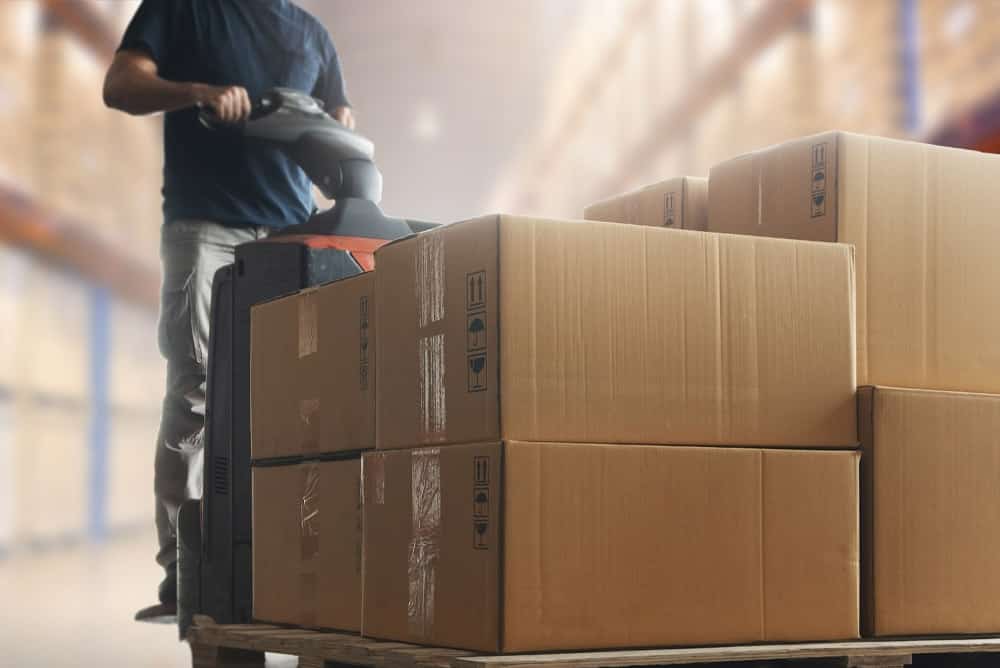As online shopping increases and product returns follow suit, there are increasing calls for enterprises to re-examine their returns process. Instead of looking at returns through the lens of “What’s best for the buyer?” some are calling on companies to ask, “What’s best for the planet?”
Product returns have a complicated life: Some may be resold or recycled, but many are simply discarded. An estimated five billion pounds of returned goods end up in U.S. landfills each year, adding an additional 15 million tons of carbon emitted into the atmosphere, according to Earth911. With online sales and bracketing on the rise, these staggering numbers are only going to increase.
Joel Rampoldt of AlixPartners told Retail Dive…
“Consumers have this perspective that, I don’t want this or it’s not quite right and I send it back and it’s going to go back on the shelf for someone else to buy. That actually happens very, very rarely.”
The cost and complexity of inspecting items, along with the logistics of getting them back on the shelf, can outweigh the value of the item. Some companies may tell a consumer wanting to exchange the item to just keep the original purchase (called a “beyond economical return”), or the company can save time and money by simply throwing the returned item in the garbage.

The right disposition for you and the planet
Companies can do better by the environment, in part with help from a solid reverse logistics technology infrastructure. Central to this infrastructure is a returns management system (RMS) that integrates with other supply chain software to manage the entire returns process, from end to end. An RMS is a quick-to-implement and high-ROI solution for sellers wanting to improve returns processes that include:
• Return to vendor
• Return to stock (resale)
• Liquidation or clearance
• Recycling
• Salvaging
• Waste disposal
Standardized practices based on priorities
An RMS allows companies to configure workflows to fit their way of doing business. Do you want to prioritize recycling? Set strict parameters for disposal? By standardizing the work across teams and locations, the returned products are processed consistently based on your sustainability priorities.
Consolidating to save emissions and cost
A return-to-vendor (RTV) module is part of a robust RMS. It makes it easy to consolidate many products from the same vendor and ship them back together. You can set rules for consolidation – such as by type or size or age – to save on freight costs. And, of course, more efficient shipping means fewer transportation emissions.
A network of return points for more efficiency
Return on Behalf of (RoBo) capabilities allow you to designate multiple entities as an authorized return point. Rather than ship items back to you, customers can stay local and return items to a trusted partner. With a comprehensive RMS, the partner works in the same system with the same data pertinent to the activities you have asked them to perform.
You manage it all from a centralized location, coordinating with partners to ensure efficiency and sustainability priorities are followed.
Global view, global approach
There are many moving parts to product returns, but there’s also a lot of opportunity for improvements in sustainability. An RMS will help you execute sustainability priorities throughout your reverse supply chain. Its business intelligence and visibility into your entire returns process ensures you can back up sustainability claims with the right data and reports, and do right by your buyers and the planet.

